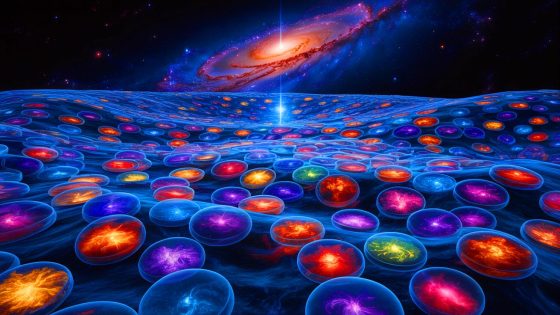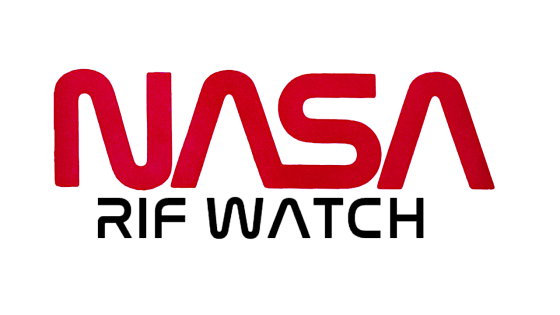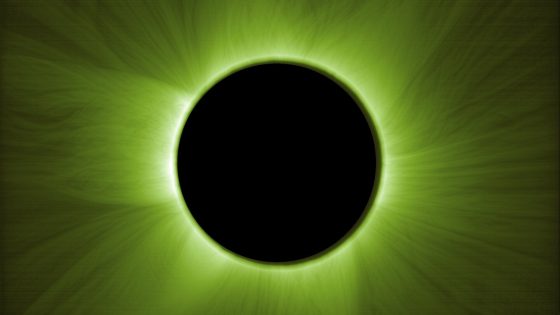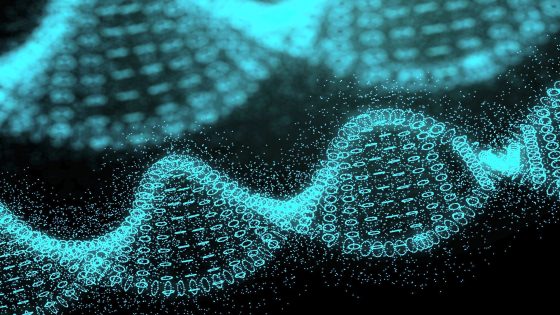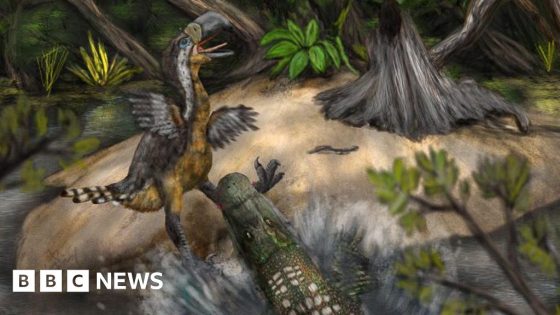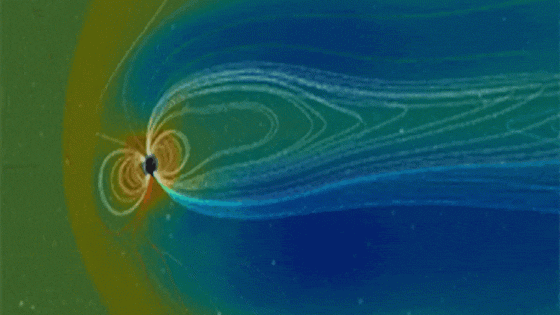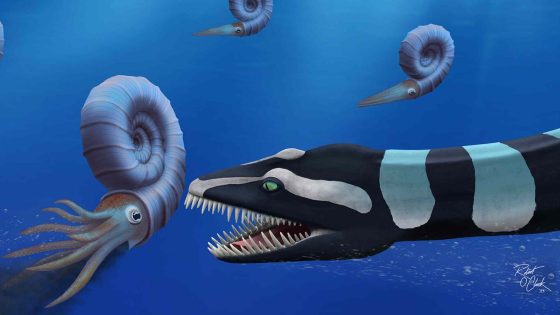Recent advancements in atmospheric science have unveiled a fascinating method for creating lightweight devices that can harness sunlight to generate lift. Researchers have developed sheets of nanocardboard, weighing only a gram per square meter, that can produce measurable force when illuminated. On August 14, 2025, they demonstrated how these materials could potentially levitate in the upper atmosphere, powered solely by sunlight.
- Nanocardboard is lightweight and effective.
- Devices generate lift using sunlight.
- Mesosphere presents unique research challenges.
- Structural components complicate instrument integration.
- Launching requires careful upper atmosphere release.
- Potential applications extend to Mars exploration.
This innovative approach not only showcases a unique physical effect but also opens the door to exploring the mesosphere, a challenging layer of the atmosphere that is difficult to study. The researchers aim to transform these devices into instrument-carrying aircraft, although significant challenges remain in achieving this goal.
One major question arises: how can these devices be effectively deployed in the mesosphere? While the concept is promising, several hurdles must be addressed:
- Structural components must be added to support instruments.
- Lift generation is minimal in lower atmospheric layers.
- Transporting these devices to the upper stratosphere poses logistical challenges.
- They may descend at night unless launched during polar summer.
As scientists continue to refine these technologies, the prospect of using them on Earth—and even Mars—could lead to groundbreaking discoveries in atmospheric science and beyond.





